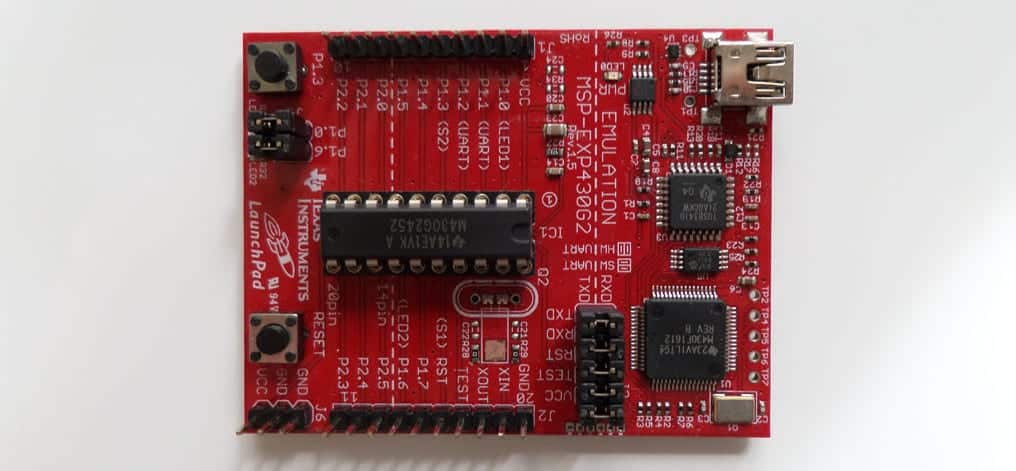The Raspberry Pi Foundation has released the cheapest Raspberry Pi computer yet. The £13 ($20 USD) Raspberry Pi Model A+. The Raspberry Pi A+ consumes a miniscule 1 watt (200 mA or 0.2 A at 5 volts), which is 45% less than the Model B+.

This means that most smartphone batteries could power it for 4 to 9 hours per charge, or an 18650 lithium-ion cell could power it for 5 to 12 hours per charge.
How Does The Raspberry Pi A+ Compare To The Arduino, TI Launchpad, And Similar Products?
This is an apple-orange comparison. The Raspberry Pi devices operate very differently from the Arduino and Texas Instruments Launchpad development boards.
The Raspberry Pi is a single-board computer, while the Arduino and TI Launchpad are development boards. The Raspberry Pi is a computer than runs Linux-based operating systems and is equipped with a microSD card slot, USB port, a headphone jack, GPU, among other PC components.
The Raspberry Pi A+ has a USB port for keyboards and an HDMI port for monitors so that you can just plug them in without a hassle. Development boards like the TI Launchpad and Arduino variants do not come with that, or GPUs.
I won’t say that the Raspberry Pi is superior to the Launchpad and Arduino development boards. They just serve a different purpose. The Arduino and Launchpad products are microcontrollers built specifically to control other electronics, including:
- Brushless DC (BLDC) and brushless AC electric motors.
- Stepping motors.
- Servo motors.
- LEDs.
Development boards can achieve this while consuming well under 1 watt.
Microcontrollers could be considered what some may call ‘l0w-level’ devices which are more optimized for low-level electronics control than single-board computers like the Raspberry Pi are.
The Raspberry Pi and development boards like the Arduino variants compliment each other nicely because the Raspberry Pi provides a simple, cheap, and easy way to build and prototype devices such as appliances with user interfaces, while the development boards provide them with control over individual electronic parts. The fact that it is compact is helpful too. It is small enough to fit in a wide variety of projects.
As Russel Barnes on Raspi.today said:
‘It’s bumping up against the limits of how much you can build a significantly high-tech product for and not have people lose money in the process. We still think most people are still going to buy B+s, but it gives people a way to come and join in for the cost of 4 Starbucks coffees.’
This is reminiscent of the unusually low pricing of the initial TI Launchpad. It is still very cheap at $10, though. It started out at $4 and it certainly took off. Development kits from Arduino, Texas Instruments, and Rasperry Pi really are helping to stimulate innovation among people of all ages.
That news does my heart good!
Main Sources: Mashable and Raspberry Pi.









